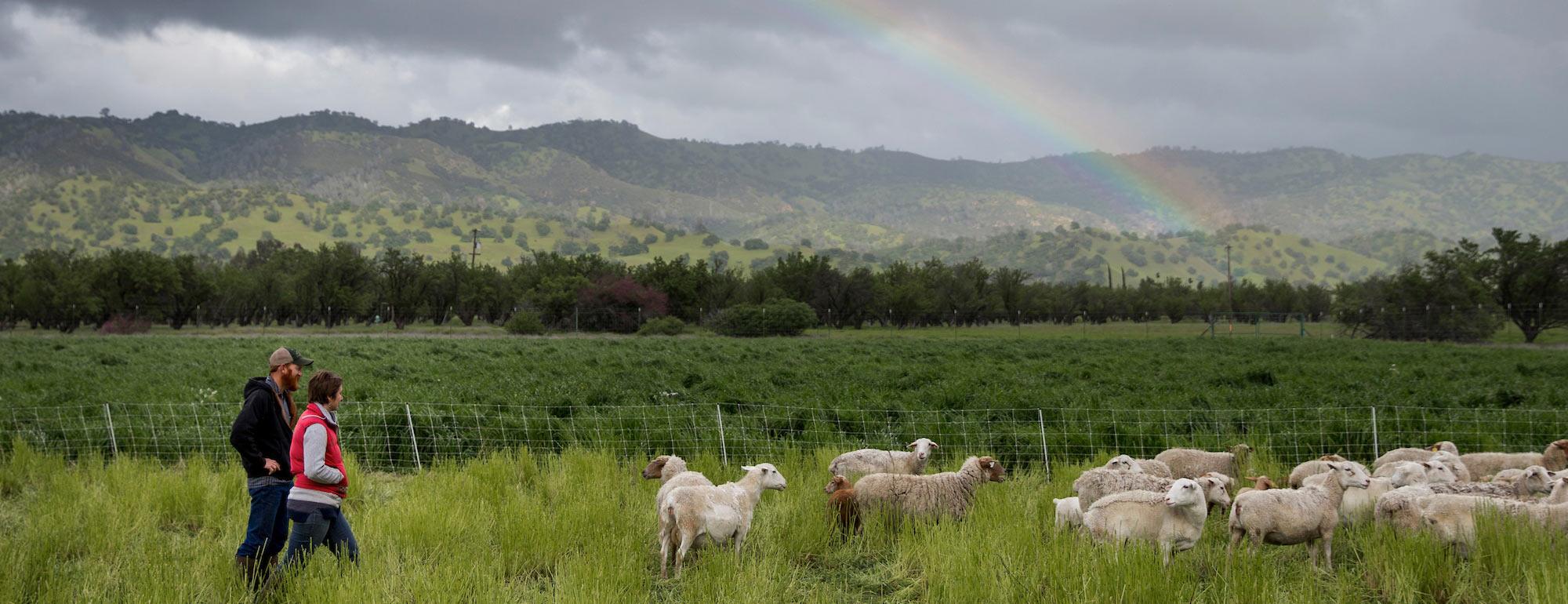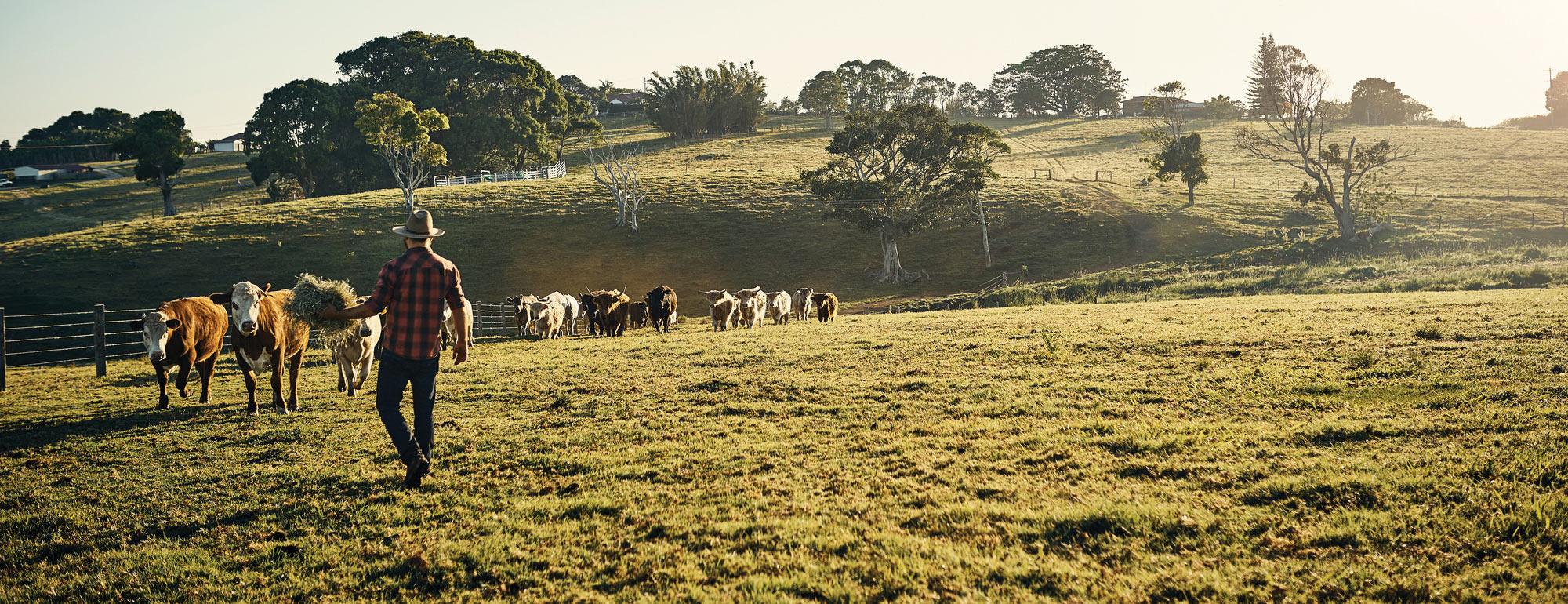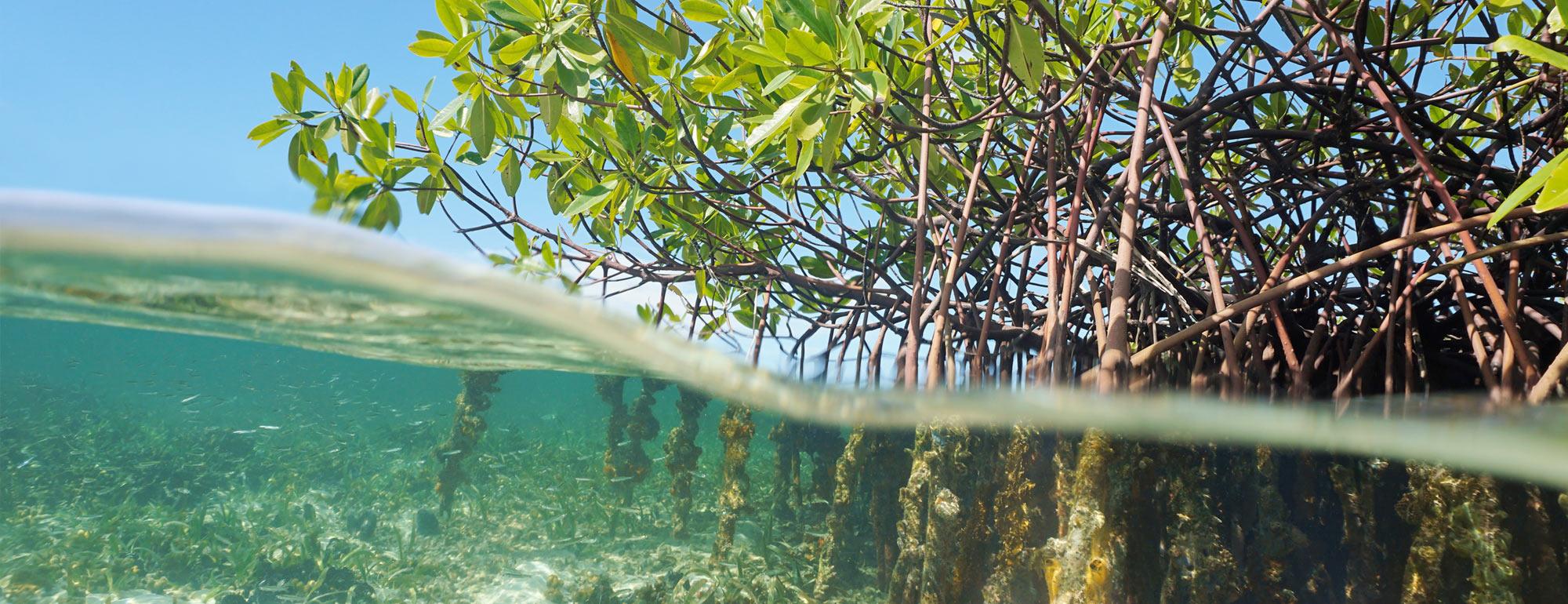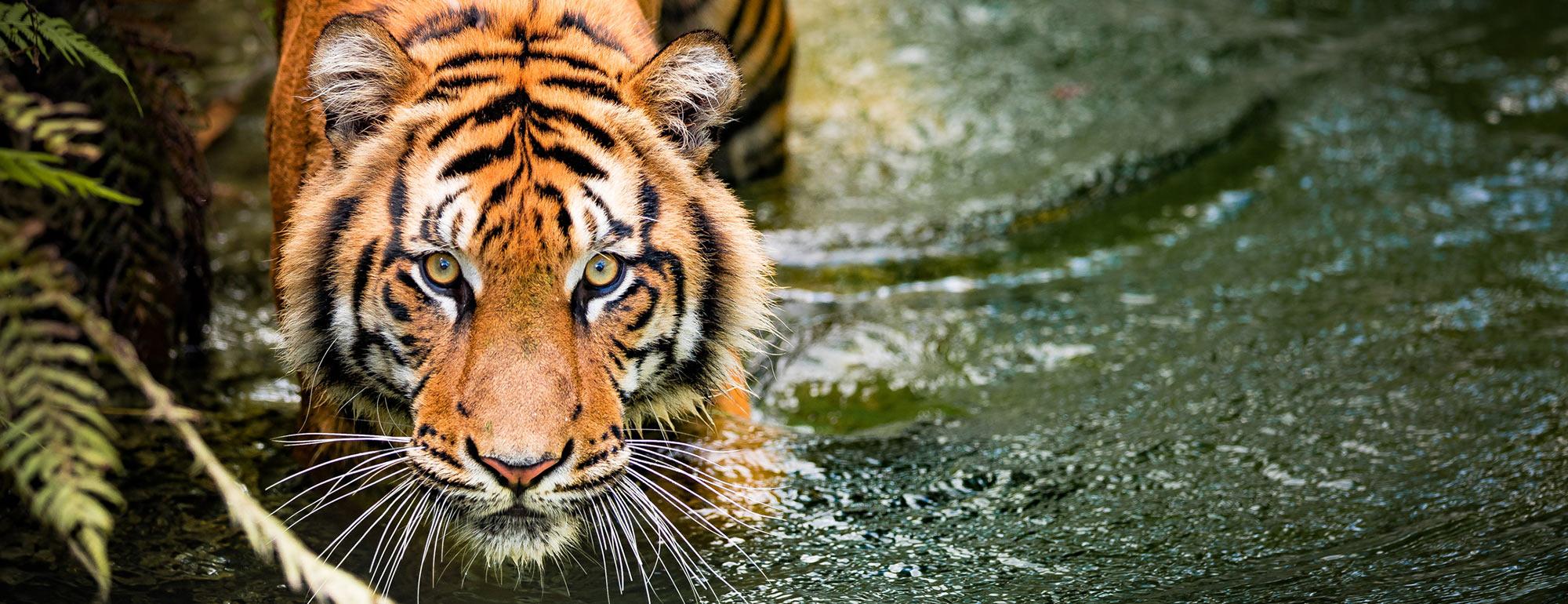
Solutions
Climate change solutions
Solutions are actions that work: They address causes, lessen impacts, raise awareness and even create new opportunities. California offers one example of how solutions can involve and benefit multiple parties. The state demonstrates that strong economic growth is compatible with strong actions to limit global warming and related risks. Through legislation, technology and a culture of innovation, communities within California become sustainable with practices that gain international recognition. Scientists lead initiatives that draw together research and resources. Solutions are near — and necessary to steer us toward a cooler planet.

Renewable Energy
Renewable energy is booming and the sky's the limit
Actually doing it is the tricky part. Using renewable energy to power buildings, homes, and transportation is key to reducing fossil fuel consumption. Clean energy is now growing faster than fossil fuels, with global investments that double those for fossil fuel generation. Roughly a fifth of the planet is powered by renewable energy. With the right policies in place, the energy sector could be emissions-free by 2050.

Responsible land use
Rangelands can potentially sequester the carbon emitted from 70 million cars driven for a year.

How we use our land is more important than you think
Finding ways to remove carbon from the atmosphere and store it where it can be useful is one climate solution. Healthy soils can potentially store between 1.5 to 5.5 billion tons of carbon a year globally. Cover crops, compost, reduced tillage, and efficient irrigation are ways to create healthy, carbon-storing soil, as well as more productive farms and rangelands.

Creating flood-resistant coastlines
Coastlines dominated by wetland habitats like mangroves reduce storm surge flood damage by

Wetlands help protect our coastlines from a myriad of dangers
Greenhouse gas emissions are such that the planet is committed to a certain level of climate change effects in the current and near future. A combination of hardscaping (levees, seawalls, rezonings and relocations) and softscaping (restoring wetlands, mangrove forests, and living coastlines of oyster and mussel beds) can help buffer the effects of sea level rise, flooding and storm surges on human and natural systems.

Helping species adapt
The country of Nepal, in a coordinated multinational effort, has doubled their wild tiger population since 2010.
Species: getting strategic about conservation
From drought-tolerant wheat to abalone and corals that can better withstand ocean acidification, scientists are helping to nurture more climate-resilient species. As some tree species move further upslope, resource managers are also planting species more suited to a drier, hotter world, and they’re exploring new ways to protect forests and wildlife from drought and increasingly severe wildfires.